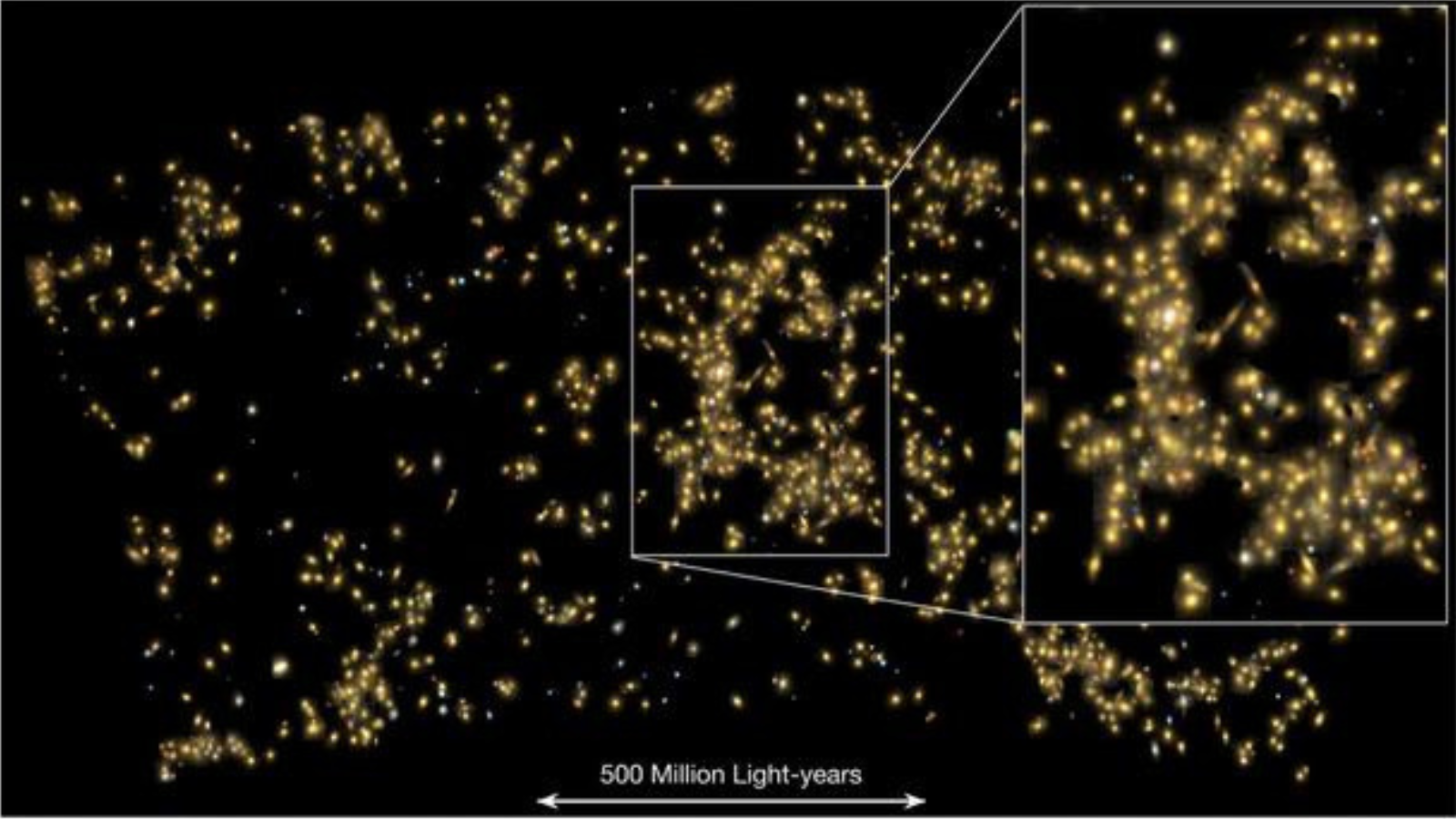Discovery of an Incredibly Massive Structure: Equivalent of 26 Million Billion Suns
Follow us on Google News (click on ☆)
At the heart of this revelation lies the Einasto supercluster, named in honor of the Estonian astrophysicist Jaan Einasto. Located approximately 3 billion light-years from Earth, it represents the pinnacle of these structures, with a mass equivalent to 26 million billion suns. The scale of this supercluster is such that a beam of light would take 360 million years to traverse it from end to end.

The Einasto supercluster, located 3 billion light-years from Earth, contains a mass equivalent to 26 million billion suns.
Credit: Shishir Sankhyayan
This discovery, among 662 new superclusters identified, offers a new window into understanding the mechanisms governing the assembly of these gigantic collections of galaxies. Ultimately, it could shed light on still unsolved mysteries of the Universe, such as dark matter and dark energy.
The Tartu Observatory, the originator of this research, calculated the average mass and size of the discovered superclusters. On average, a supercluster weighs about 6 million billion solar masses and spans across 200 million light-years, which is approximately 2,000 times the size of the Milky Way. To visualize, if the Sun had the mass of a golf ball, a supercluster would have the mass of Mount Everest.
An interesting characteristic of superclusters is that the galaxies they contain are more massive than those found outside these structures. This indicates that galaxies within superclusters grow and evolve differently. Despite their colossal mass, the galaxies in these superclusters are less dense than other galaxies, as their significant mass is spread over vast volumes.
These densities, however, are sufficient to have a significant gravitational impact on the matter within superclusters, including their dark matter content, this mysterious kind of matter that remains invisible to our eyes as it does not interact with light.
Future investigations into these superclusters could also provide clues about the nature of dark energy, the mysterious force accelerating the expansion of the Universe. Galaxies within these superclusters appear to move apart from each other at slower speeds than expected, an observation that could help resolve inconsistencies regarding the rate of expansion of the Universe.
Research on the Einasto supercluster and its counterparts opens new perspectives on the structure and evolution of the Universe, raising as many questions as it solves.